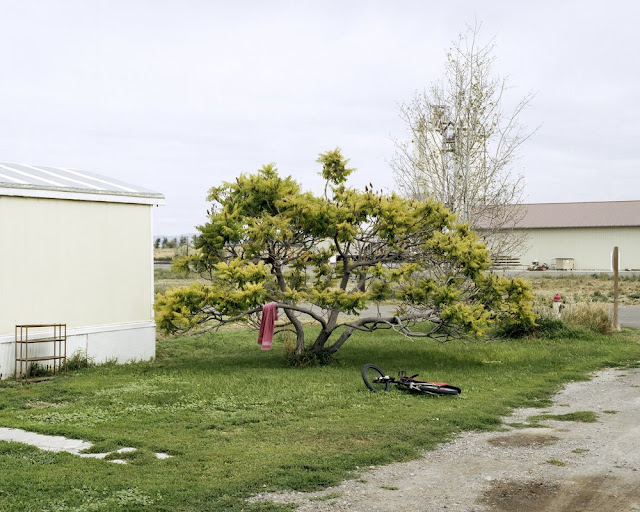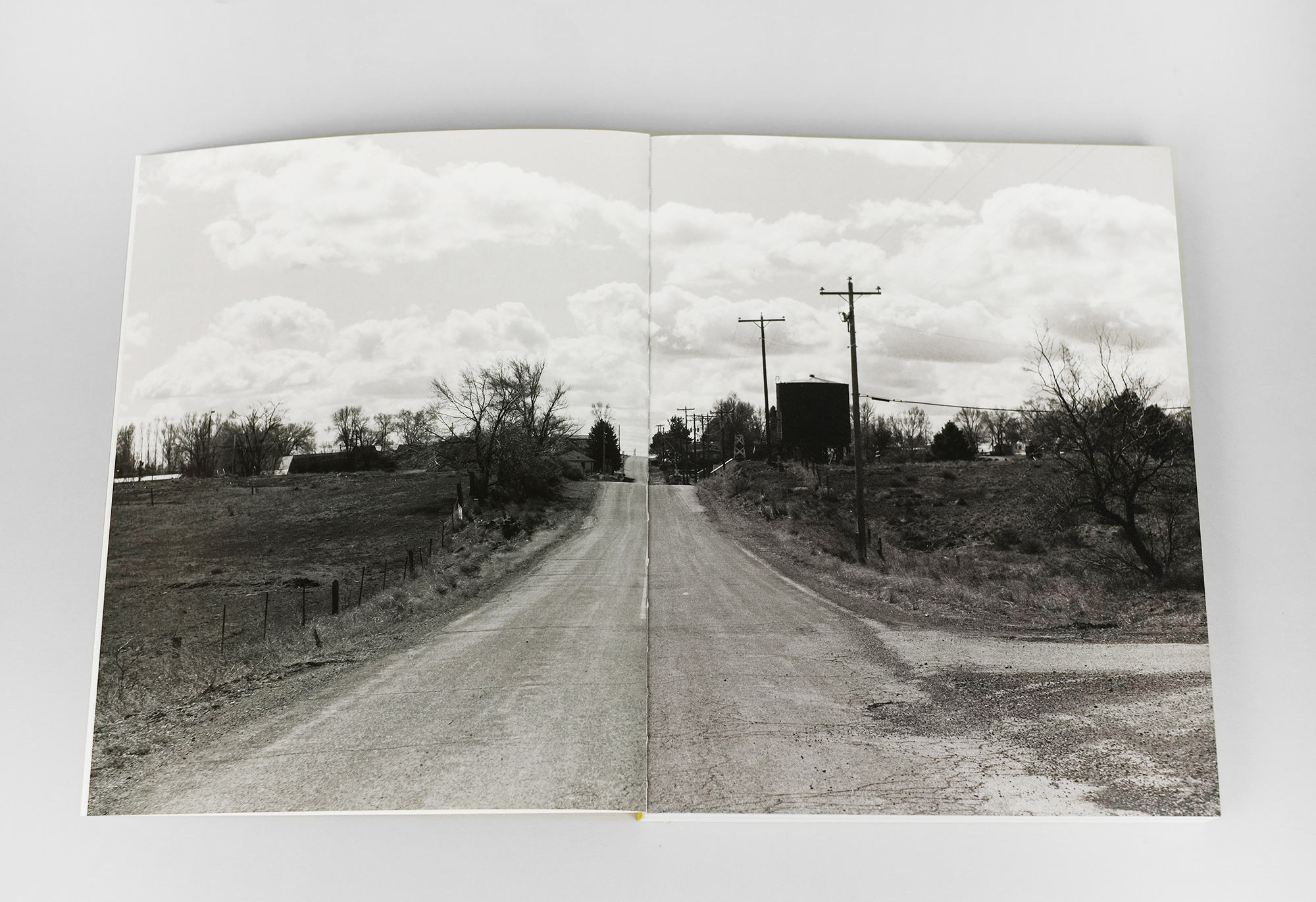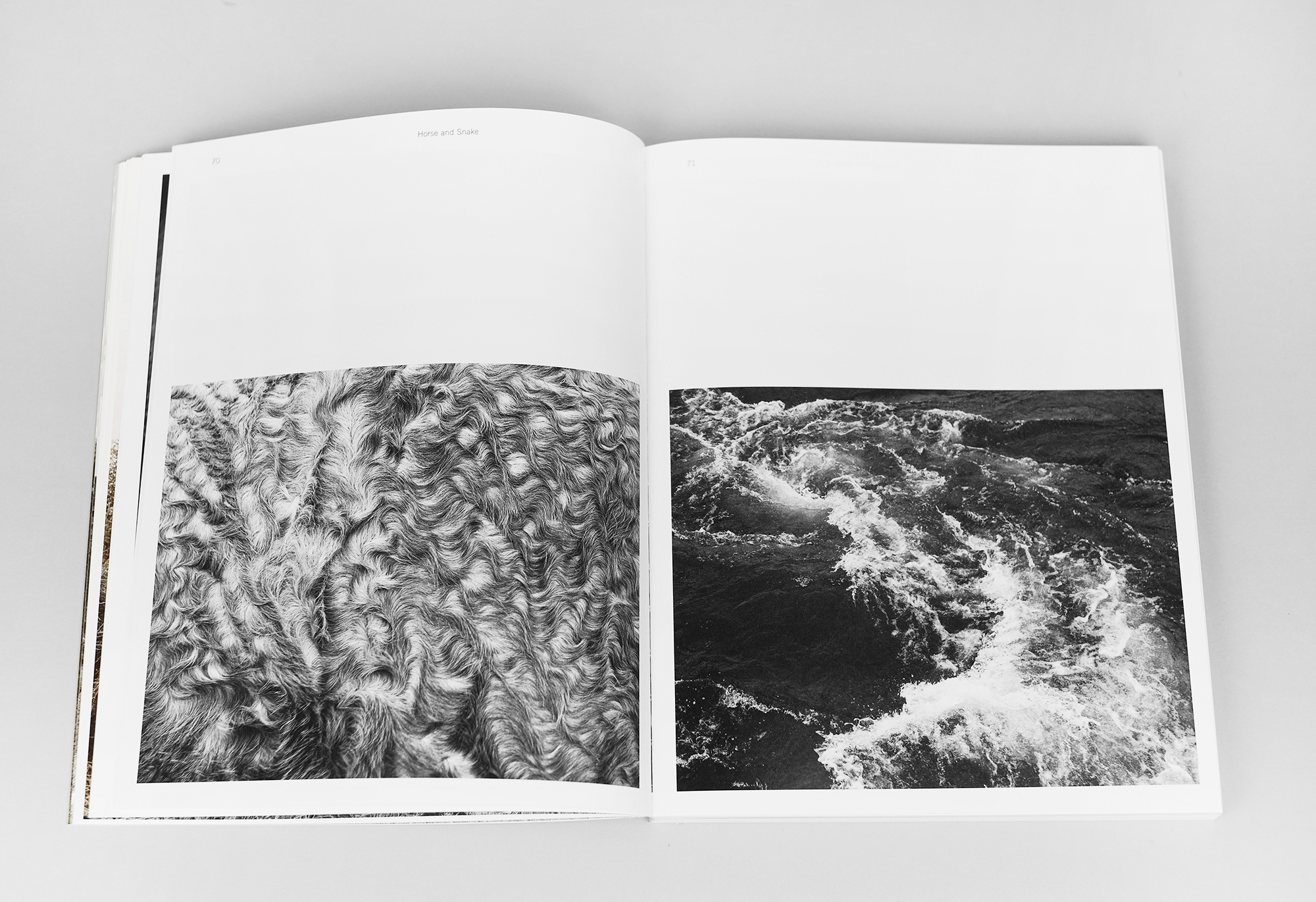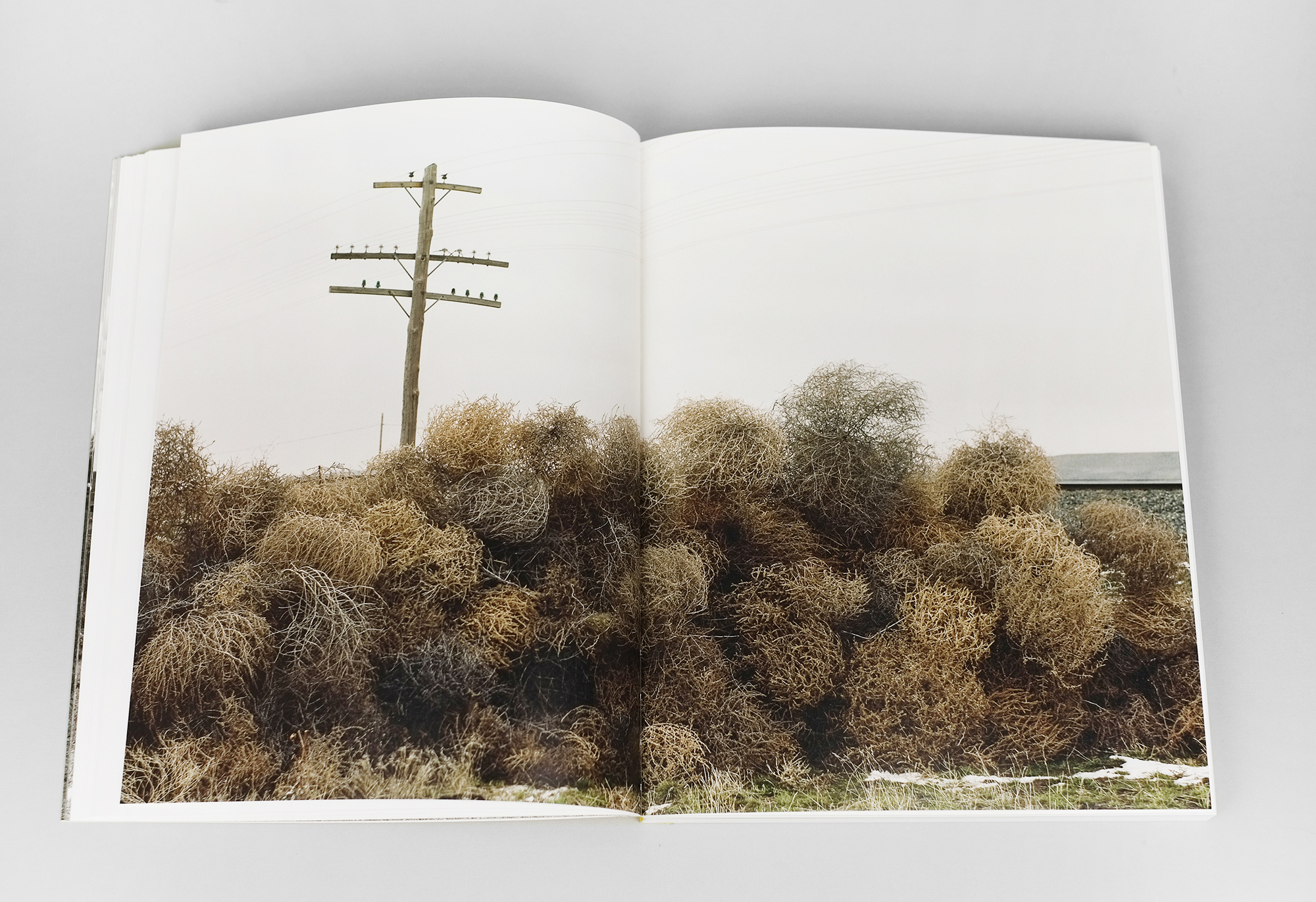 |
This is Bliss By Jon Horvath.
|
Photographs by Jon Horvath
Yoffy Press / Fw: Books, 2022. 280 pp., 9½x11½".
The closest town to me growing up had perhaps a thousand residents. Redway in the 1970s was a sleepy turnoff where not much ever happened. Originally settled as a timber town, it later transitioned half-heartedly to tourism and counterculture. After being bypassed by 101 the town became even sleepier, but it still boasted the basic components of Americana. There was a post office, a school, a community center, a few diners and a local swimming hole. Everyone knew everyone’s business.
If Redway fell into Hollywood stereotype, that’s no accident. American pop culture has long been infatuated with small-town life. The tendency to romanticize such places as a community ideal spans all art forms, from Andy Griffith to John Cougar to Fargo to Norman Rockwell. Photographers are no exception. Think of Richard Rothman poking around Crescent City’s back lots, Nick Waplington in tiny Truth or Consequences, Timothy Briner joining various Boonvilles or Alessandra Sanguinetti recently in Black River Falls. Their motivations vary, but as a general rule, all are outsiders combing small towns as potential fonts of wisdom and salvation. Perhaps, the thinking goes, these quaint backwaters might turn up photogenic characters. In the process they might provide insight into the national character.
This may be what drew Jon Horvath to Bliss, Idaho, a minor hamlet tucked between the Snake River and I-84, a full day’s drive west of his Milwaukee home. The Bliss census tally when he arrived was 318 and falling. Its elevation: 3271’ and rising. If the town’s threadbare charms weren’t quite attractive enough on their own, its name clinched the deal. Bliss: a double entendre almost too good to be true, at least when viewed by poetic souls. For the record, Bliss was named for a person (founder David Bliss), not a state of being.
 |
Horvath made several return trips to Bliss throughout the mid-2010s, poking his camera sometimes where he shouldn’t have, establishing relationships, and gradually compiling a photographic record of its people and geography. If he were a typical photographer, those images might have surfaced by now in a standard picture monograph. But Horvath’s creative interests extend well past photography. By his own reckoning, he is “an interdisciplinary artist routinely employing systems-based strategies within transmedia narrative projects.”
If that phrase has the whiff of artsy hokum, his recent photobook is more grounded. This Is Bliss is a sprawling tome of images, layouts, stocks and treatments. It is large, dense and thought-provoking, in a way that belies its whistle-stop subject. To give a rough sense of the book’s heterogeneity and scope, here is a sampling: There’s an opening spread of monochrome byways, a quick shift to smaller color work, three green restaurant checks, scattered portraits of silverware, people and a dog named Cash. There are wet collodions of discarded beer bottles, branding tools, weaponry and a graphic pun. There are iterations of a floral bouquet photographed against a peeling faux-wood-grained backdrop, a small diversion to explore Holden Caulfield (his namesake lived in Bliss), shots of signage, airplane wreckage, model figures and barely legible dark impressions of Chinese burial sites. There are arrowheads, Senior Class Quotes on paisley color fields and Horvath himself shown in multiple frames skipping stones across the Snake River. Also: birds, puddles, an Ansel Adams photo converted to jigsaw, an evangelist’s note, a melted beer bottle adorning an anecdote about Horvath’s first ever (!?) alcoholic drink in a Bliss bar.
 |
 |
That may seem like an overload already. But it’s just a taste. You’ll have to grab a copy to see it all, and it might take some time to digest. This Is Bliss reflects Horvath’s attempt to size up the place, but the town’s character remains elusive. The book offers a patchwork quilt of images and ideas, a “transmedia narrative project” if you will. As to what they all amount to, that’s harder to say. The project started as a multi-media installation and feels still bounded by that form as a book. We see this facet of Bliss, then that one, then another view. But they are blind men feeling parts of the elephant, disjointed and unintegrated. What is it actually like to be there, to walk down the main street? Perhaps that burden is beyond the scope of any monograph. Horvath wants to crack the small-town code and root out its American essence. But perhaps Bliss has flipped the script and cracked the author in the process.
 |
But all is not lost. The Bliss jigsaw eventually fills in, with the help of a sharply rendered text by Horvath. This comes at the very end, after all the images have been digested and the reader’s brain pulled this way and that, a conscious nod by Horvath toward the literary strategy of short story cycle. The story “Coyote” is seemingly based on actual events and relationships, and its primary characters Jared, Karl, and Cash appear to correspond with photos earlier in the book. But it comes with the subheader: “short fiction”. Is the label a ruse to throw us off the scent? More transmedia jujitsu? It’s hard to know which parts are real and which are imaginary. In the end, it may not matter, since “Coyote” is well-written and entertaining enough to stand on its own. Spilling over thirty pages the tale describes a series of minor hunting expeditions near Bliss. Horvath’s language penetrates the existential angst of the place in a way that his photos sometimes can’t, sketching a multidimensional portrait of boom/bust and perseverance. Ah, the reader might nod knowingly afterwards, so this finally…This is Bliss.
This is Bliss is co-published by the American imprint Yoffy, and Fw:Books out of Amsterdam. It’s not clear exactly how duties were divided, but the design boasts the urbane fingerprints of Hans Gremmen, Fw’s founding editor and one of photoland’s expert bookmakers. His choice of softbound cover — on oddly doubled cardstock? — and yellow cloth spine is eye-catching offset with a crimson cover silhouette. I’ve already mentioned the interior images but not the layout, which Gremmen has punched up to match. The sequence feels its way along like the Snake river through basalt highlands, trying this layout for a bit, then that one. Eventually, it arrives at “Coyote”, stacked eight pages per spread. By this point, we’ve witnessed Bliss from every possible vantage. Its ingredients have been spread out on the table like model parts. How they fit together is anyone’s guess. Nevertheless they’re a joy to observe.
Purchase Book
Read More Book Reviews
 |
 |
 |
Blake Andrews is a photographer based in Eugene, OR. He writes about photography at blakeandrews.blogspot.com.









